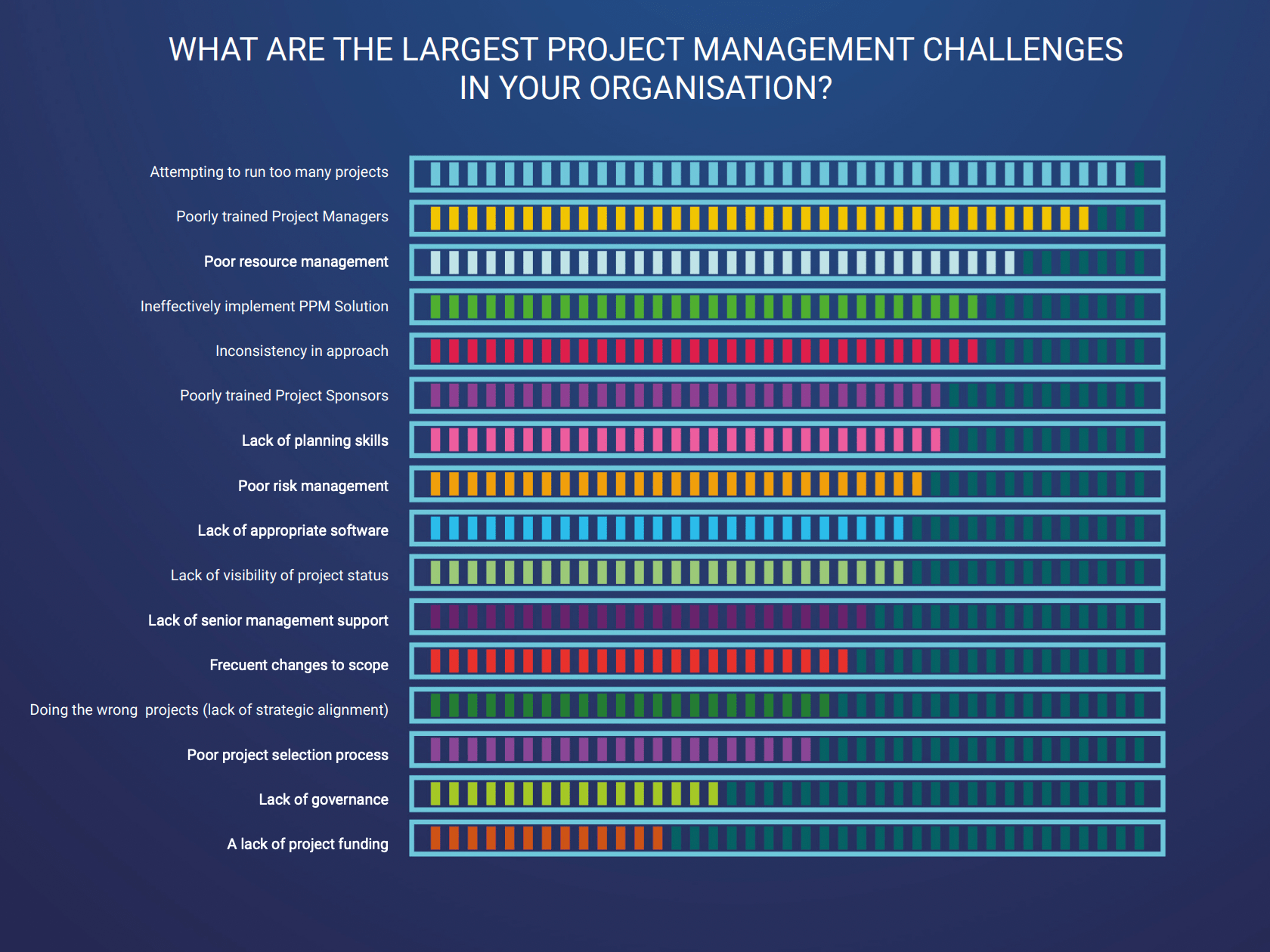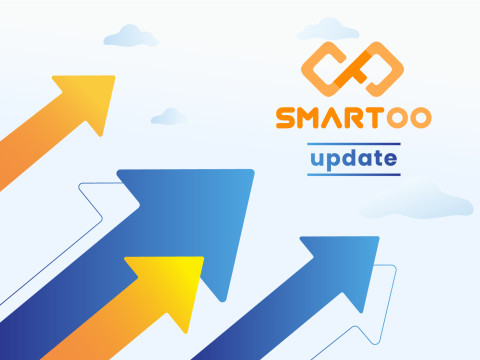Benefits of Resource Scheduling In Project Management

Project managers face a myriad of challenges when running projects. Whether it’d be lack of funding, scope creep, lack of necessary software, or poor risk assessment.
In this article, we’ll be discussing the benefits of resource scheduling, a solution to poor resource management. Based on a 2020 PM report, poor resource management ranks 3rd of the top 16 biggest challenges in project management.

Resource scheduling being a vital process of resource management, it’s important to know what it is and how it can benefit your projects.
So, let’s begin with the definition.
What is Resource Scheduling?
Resource scheduling is the process of allocating an organization’s resources to a project and scheduling it based on capacity and availability.
Resources in this instance mean team members, equipment, facilities, or any other asset the project requires.
Using team members as an example, resource scheduling means assigning them tasks based on project capacity while taking their availability into consideration.
The Benefits of Resource Scheduling
1. Better Project Man-days Calculation
Computing and forecasting the project's total man-days is much easier when you have all the variables. Besides the head count, resource scheduling lets managers view the project’s timeline and see which sections need more manpower. This not only makes calculation easier, but also more accurate.
2. Increase Team Efficiency
Creating task lists can only go so far. Having an actual schedule for everyone to follow can help PMs control project flow and team members to work their best. Moreover, being able to see changes in real-time can help reduce project confused and delay.
This reduces the probabilities of multi-tasking which can impact productivity. Moreover, it can show whether team members are overloaded or under utilized.
A 2021 Gartner survey found that work hour flexibility is the #1 reason for increased productivity in the workplace.
3. Intelligent Project Structure
Business projects are complex by nature. It usually consists of multiple teams from various departments, working on 2 or more projects at a time. Organizing the team schedule lets PMs address incoming issues more swiftly. A resource scheduling tool helps make project planning and capacity planning more organized.
4. Reduce the Negative Impact of Scope Creep
Resource scheduling lets project managers plan for additional team workload. By forecasting the demands of shareholders or management, scope creep can be addressed without deviating away from the original deadline.
Benefits of Using a Resource Scheduling Software
A resource schedule can be made in 2 ways, spreadsheets (like Excel or Google Sheets) or a resource scheduling tool. While free sheets are great as starting points to consolidate data, they pale in comparison when it comes to workflow efficiency.
So, what makes it better than spreadsheets?
1. Encourages Team Collaboration
Spreadsheets are excellent tools in keeping records, but not so much in collaboration. As powerful as they are with creating complex formulas and accounting tables, sheets are prone to problems like:
a. Ownership syndrome
Does your team have that one person who’s just a master at Excel? If that’s a yes then you might have experienced this syndrome first hand. Essentially, when an excel creator makes a complicated template, they’d usually be restrictive with people who want to edit their masterpiece. This not only limits the resource scheduling tool’s usability but also its chance of encouraging collaboration.
b. Errors
Human errors are common even to those who are detail oriented. And having it on a complicated excel sheet with multiple variables would sound like a nightmare. Not only is it confusing but also time-consuming. Like trying to find the wrong piece of code in a giant program.
c. Rigid templates
Templates are not flexible like specialized tools. They require constant manual adjustments, especially with project management issues like scope creep.
Resource scheduling tools are specifically designed for company-wide interactions. This ensures that projects can interact with each other and avoid conflicting schedules.
2. Automated Business Insights
Some resource schedulers like Smartoo are equipped with features that collect and analyze project data in real time, and translates them into business insights. This lessens the workload of project managers and owners, who would typically take the time to input and analyze these data on a spreadsheet.
Examples of data gathered are:
- Worker rates
- Project pacing based on work done
- Man-days completed
- Budget used + total budget forecast
- Contractor pricing depending on work done
- Work allocation based on worker's schedule
3. Eliminate Project Redundancies & Confusion
Since collaboration is unintuitive in sheets, redundancies come at a high probability. In most cases, there is not “one place” to put specific pieces of information, even on templates. That’s why it’s common to see them lying around in different cells or tabs.
In scheduling tools however, information is placed and found in specific sections of a project, making it easier for contributors such as members or managers to avoid duplication. Majority of these resource planning tools also come with a dashboard, so that users can look at timesheets and key metrics in real-time.
4. Intuitive and Eye-catching Gantt Charts for schedules
Majority of the time, a scheduler in a resource management software will look better than a scheduler made from Excel or Sheets. This helps remote teams in understanding projects more efficiently. A resource scheduler maximizes functionality of the workforce with an intuitive interface and the simple drag and drop features these usualy come with.
5. Resource Utilization features
Resource schedulers are commonly called "resource management tool" or "project management tool". Despite the marketing fluff, they all do the same thing, schedule resources for project management purposes. Resource schedulers can identify helps users track metrics such as employee rates, project milestones, individual team member work schedules, team capacity in relation to project man-days, task management, and more.
Conclusion
A resource management software makes it easier for teams to collaborate and keep their project deadlines. By automating business insights, eliminating redundancies, and having an intuitive interface, resource scheduling software significantly increases the efficiency of team workloads.
Smartoo - Improve Team and Project Productivity with our Resource Scheduling software
Smartoo is a resource scheduling and project planning tool that helps projects flow smoothly. It comes with a built-in business insights feature that automatically gathers project data and translates them into useful KPIs.
Being a resource scheduler, Smartoo makes resource allocation more efficient, cutting down the risk of over or under-loading a worker (or even yourself), which in turn, increases productivity.
As a project planner, users can input all project data into a gantt chart-like scheduler to help visualize the project at hand.
This lets users know:
- If available resources are enough
- How long each task is going to take
- How much allotted space there should be for scope creep
- If the client's budget is enough for the project
- Who the right people are for the project
- How much workload is expected for the project
and much more. Currently, Smartoo is on Beta - Free Trial. Meaning that it's 100% free till official launch! Be our Beta tester and get up to 50% off on your plan, should you want to continue using the tool. No CC required, nor do we collect sensitive information for the entire usage experience of Smartoo.





